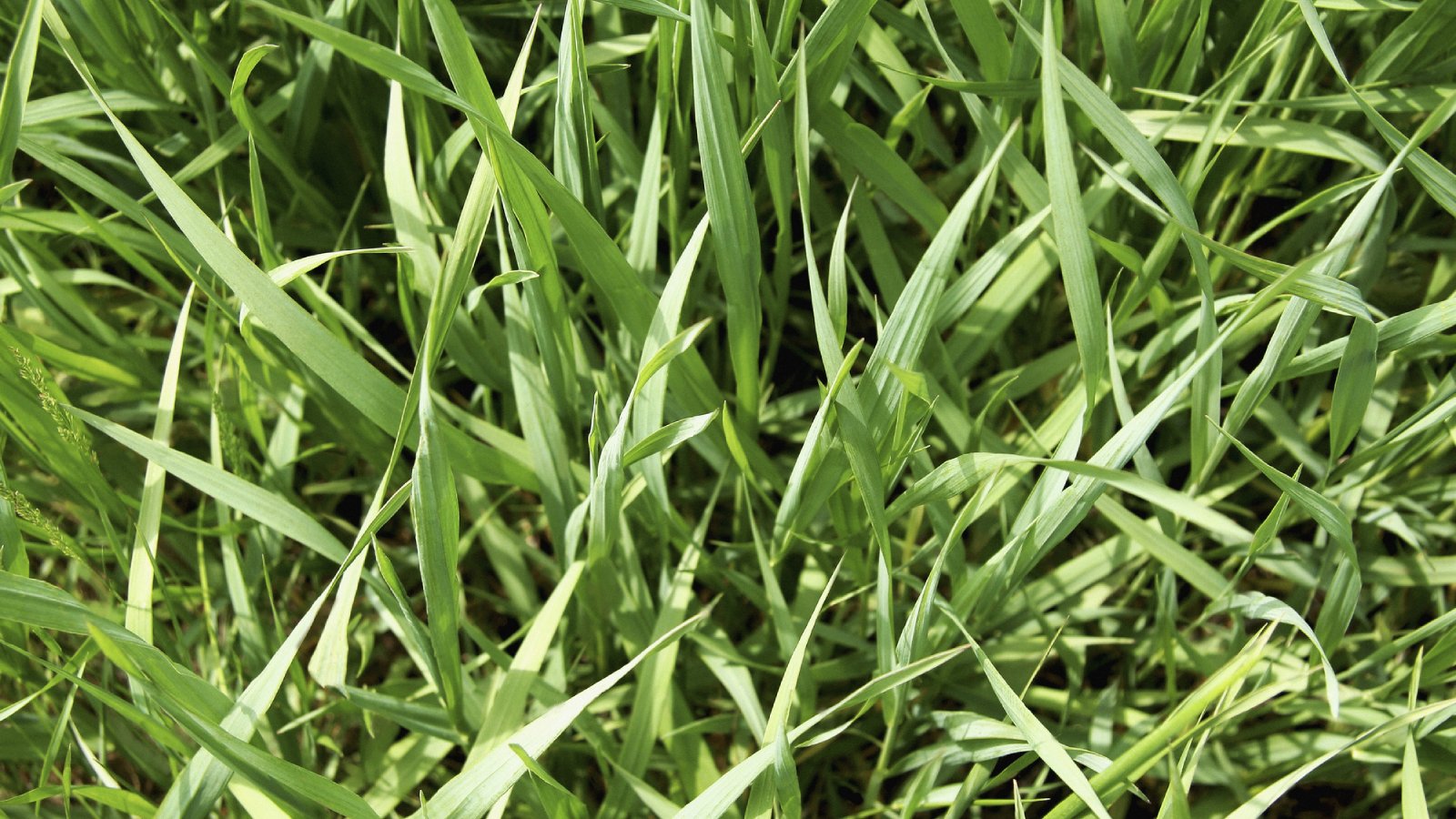Tall Fescue Management – How To Control Tall Fescue Weeds
Tall fescue is a significant pest.


Controlling tall fescue, especially in the lawn, is a is a difficult task. The thick root masses are nearly impossible to pull and mowing only encourages growth of this aggressive plant. If you're wondering how to get rid of tall fescue in your lawn, read on for tips and suggestions.
About Tall Fescue Weeds
Tall fescue (Festuca arundinacea) was introduced to North America by European settlers who planted it to provide hardy, nutritious forage for livestock. Since the plant remains green even in dry conditions, it was widely planted in the 1990’s to replace thirsty Kentucky bluegrass in drought-ravaged regions.
Tall fescue weeds are opportunistic, popping up in disturbed habitats, including along roadsides and railroad tracks, in pastures and abandoned fields, and sometimes along streambanks. It tolerates a wide range of soils and moisture conditions.
Although it was initially planted with only the best intentions in mind, tall fescue has naturalized into many parks and other public areas in the United States and southern Canada, where it competes with native species. It is considered an invasive species in many regions.
How to Get Rid of Tall Fescue
Tall fescue weeds emerge in early spring and reach maturity by late summer. The clumps of wide leaved grass may form new growth in autumn and will remain green all winter in mild climates. Although pulling the weed is next to impossible, you may be able to dig seedlings and isolated clumps early in the season.
We recommend researching the most environmentally-friendly products on the market for removing stubborn weeds like tall fescue. There are increasingly more organic products on the market that may be helpful. Check with your local cooperative extension office for more information on tall fescue management
Sign up for the Gardening Know How newsletter today and receive a free copy of our e-book "How to Grow Delicious Tomatoes".

A Credentialed Garden Writer, Mary H. Dyer was with Gardening Know How in the very beginning, publishing articles as early as 2007.